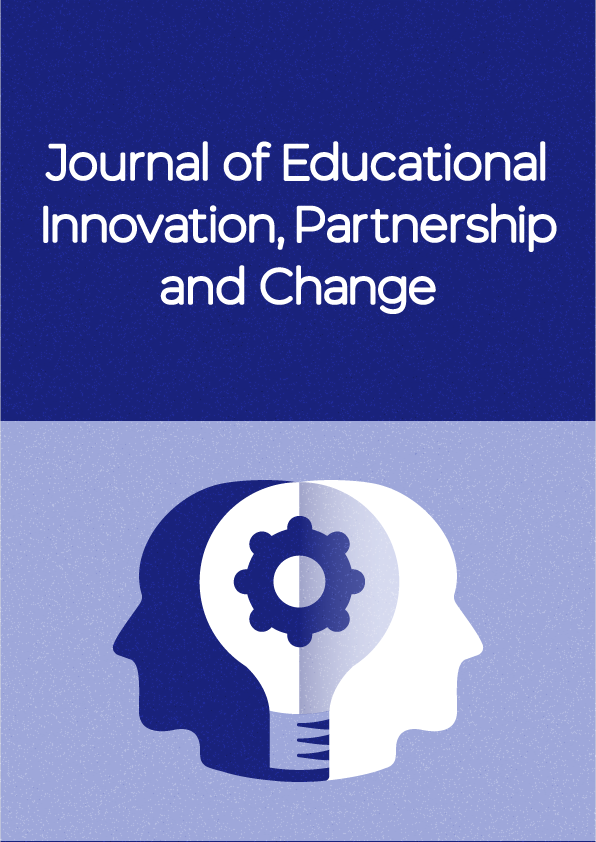A creative approach to engaging students as partners at Faculty level of the institution
Keywords:
Student engagement, Student Experience, Partnership, Quality Enhancement,Abstract
This case study identifies an effective model developed by the faculty of Education and Children’s Services at the University of Chester to further student engagement at faculty level of the institution during the academic year 2014/15. The initiative aimed to encourage and facilitate staff and students to work in partnership in order to bring about enhancements to the learning experience of students within a shared academic community. Seven students involved with the initiative share their projects, the outcomes of these and personal reflections of their student engagement journey in the faculty. The paper concludes by outlining key factors to consider when developing a partnership approach with students through the lens of student engagement.
References
Birmingham City University (2012) Student Academic Partners. Available at: http://www.bcu.ac.uk/about-us/celt/student-engagement/student-partnerships (Accessed: 27 May 2015).
Business, Innovation and Skill (2011) Students at the heart of the system. Available at: http://www.nusconnect.org.uk/news/article/highereducation/Rachel-Wenstone-launches-a-Manifesto-for-Partnership/ (Accessed: 26 May 2015).
Kizlik, B. (2010) Effective study skills. Available at: http://www.msvu.ca/site/media/msvu/Documents/Effective%20Study%20Skills.pdf (Accessed: 22 May 2015).
NUS and QAA (2012) Understanding the barriers to student engagement. Available at: http://www.nusconnect.org.uk/resources/open/highereducation/Understanding-the-barriers-to-student-engagement-report/ (Accessed: 27 May 2015).
NUS (2012) A Manifesto for Partnership. Available at: http://www.nusconnect.org.uk/news/article/highereducation/Rachel-Wenstone-launches-a-Manifesto-for-Partnership/ (Accessed: 28 May 2015).
Rowe, S., Cooper, E. and Fulford, L. (2013) ‘All Aboard: Using the Student Advisory Board to Engage Students with University Decision Making Processes.’ In: Nygaard, C., Brand, S., Bartholomew, P. and Millard, L. Student Engagement: Identity, Motivation and Community. Oxfordshire: Short Run Press.
Qualitative Assurance Agency (QAA) (2012) UK Quality Code for Higher Education - Chapter B5: ‘Student engagement.’ Available at: http://www.qaa.ac.uk/assuring-standards-and-quality/the-quality-code/quality-code-part-b (Accessed: 28 May 2015).
University of Exeter (2014) Change Agents. Available at: https://as.exeter.ac.uk/eqe/projects/current/change/ (Accessed: 27 May 2015).
University of Winchester (2014) Student Fellows Scheme. Available at: http://www.winchester.ac.uk/Studyhere/ExcellenceinLearningandTeaching/student-fellows/Pages/student-fellows-scheme.aspx (Accessed: 27 May 2015).
Velden, G.M., Naidoo, R., Lowe, J.A., Botas, P.C.P., and Pool, A.D (2013) Student Engagement in Learning and Teaching Management: A Study of UK Practices, commissioned by the Quality Assurance Agency Project Report. Available at: http://www.bath.ac.uk/learningandteaching/pdf/student_engagement/Project_Report_11.9.2013.pdf (Accessed: 28 May 2015).
Wenstone, R. (2013) Partnership: The importance of students’ unions. In: RAISE Conference on ‘The future of student engagement: Partnerships, practices, policies and philosophies’: Nottingham Trent University, 12-13 September 2013. Available from: raise-network.ning.com/page/presenter-resources-2013 (Accessed: 07 December 2015).
Downloads
Published
How to Cite
Issue
Section
License
Copyright is held by the journal. The author has full permission to publish to their institutional repository. Articles are published under an Attribution-NonCommercial-NoDerivatives 4.0 International licence.


